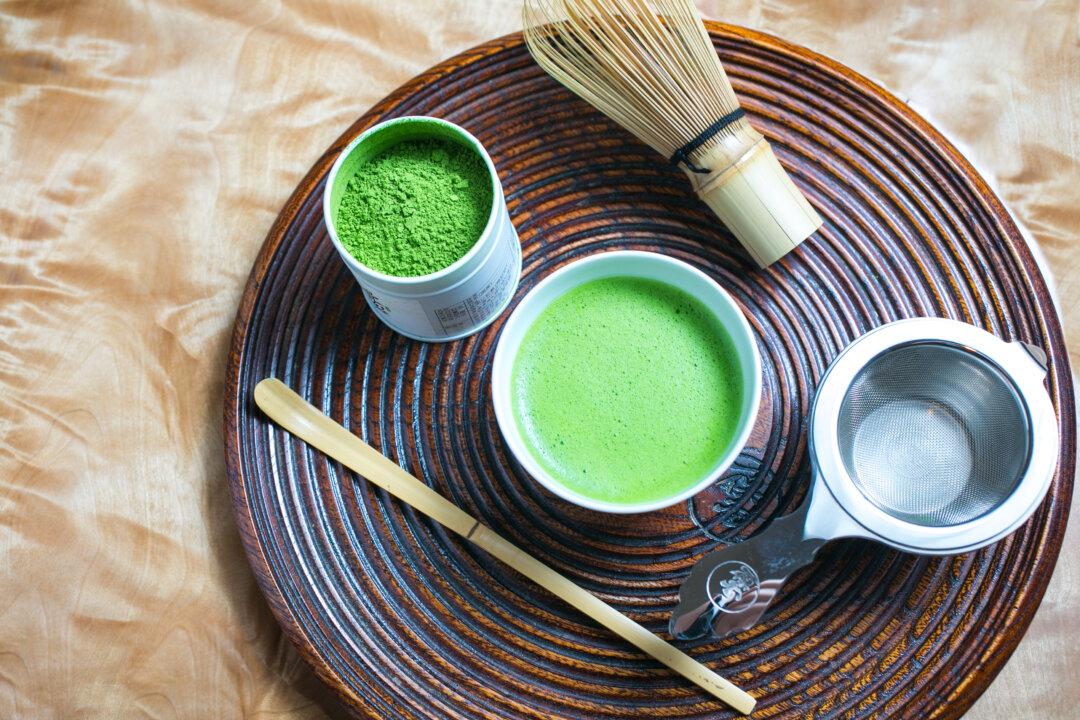The most significant thing you can do to improve your health, vitality, and energy levels, according to nutrition scientist Dr. T. Colin Campbell, is to change the way you eat. This doesn’t mean following the fad diet du jour, joining Overeaters Anonymous, or counting every calorie. It means, at least according to Campbell, simply eating more real foods, especially plants.
So, there you have it. Your mom was right when she told you to eat your vegetables. As Campbell explains in his provocative, thoroughly referenced, and fascinating best-seller “The China Study: The Most Comprehensive Study of Nutrition Ever Conducted and the Startling Implications for Diet, Weight Loss and Long-term Health,” first published in 2004, eating a whole-food, real-food, plant-based diet is not only protective against cancer, adult-onset diabetes, and heart disease, it can actually reverse these conditions.






